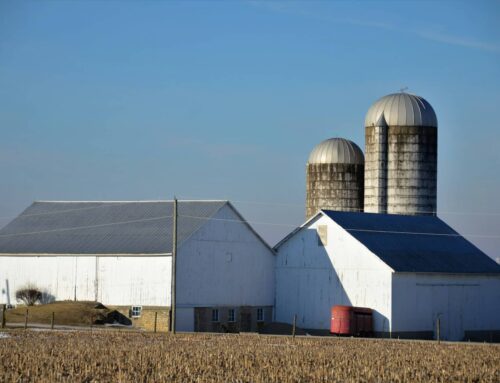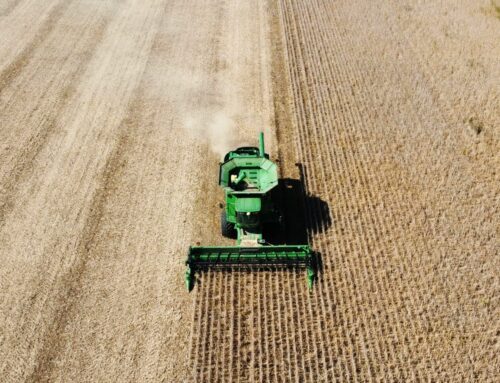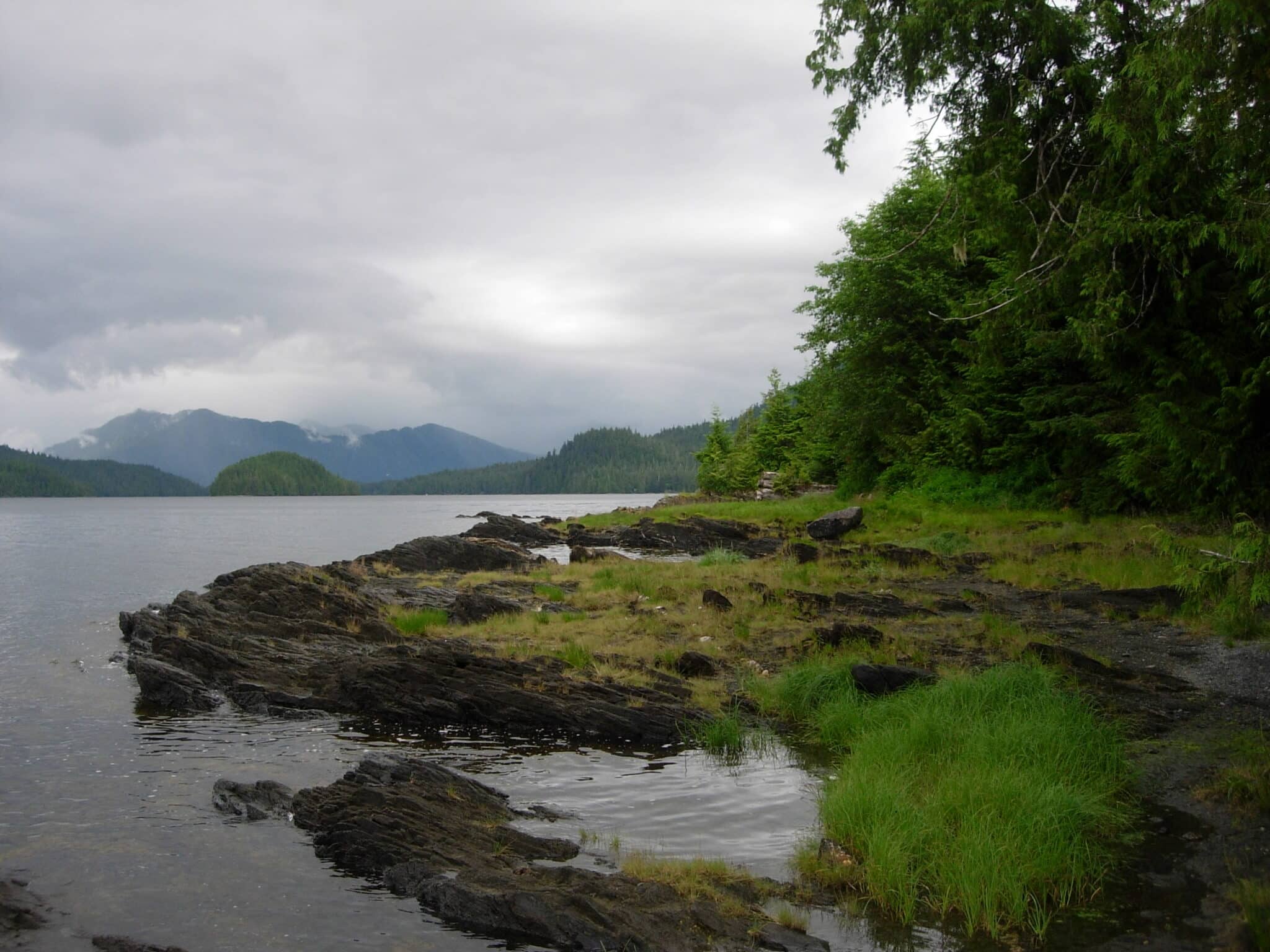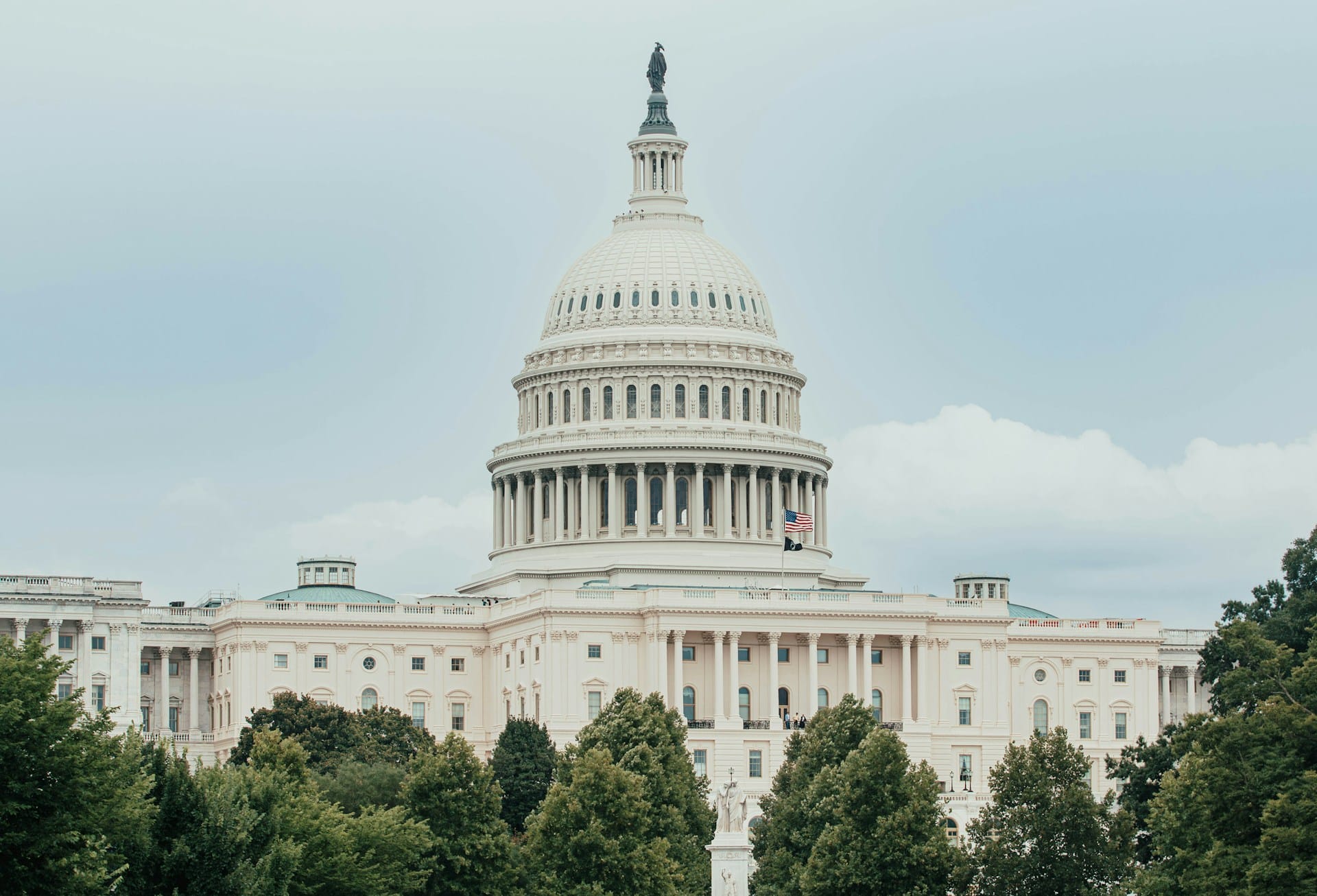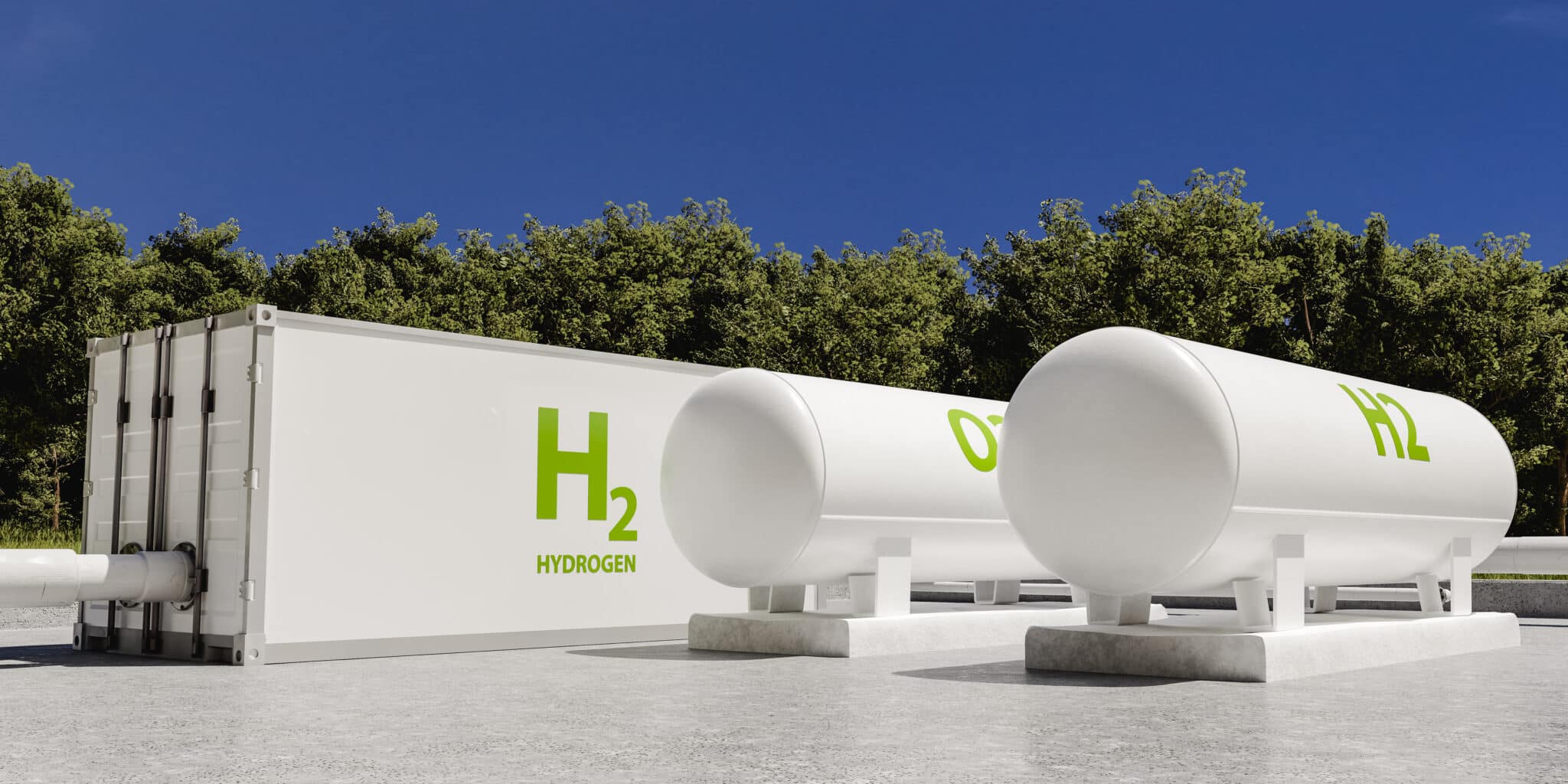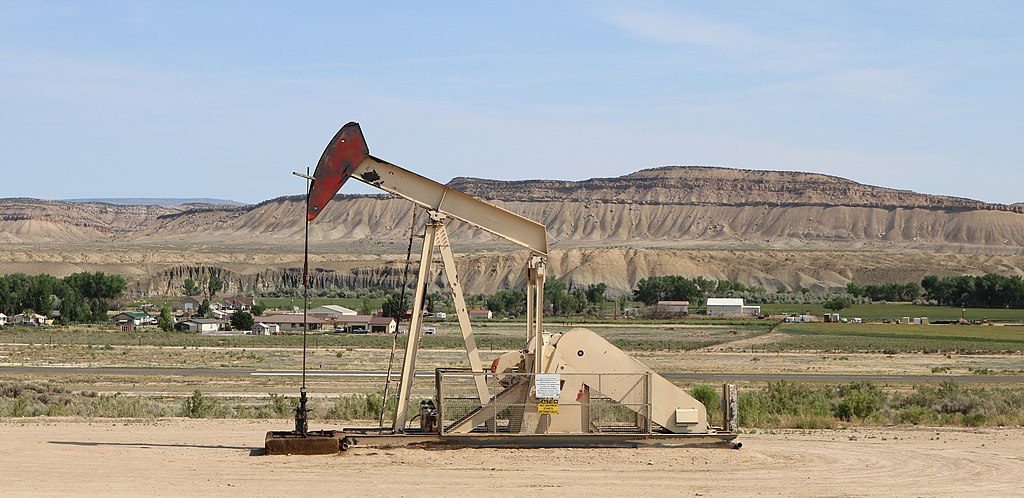The end of August marks the return of farmers to their fields to prepare for harvest and the return of lawmakers to Washington to complete a long list of unfinished business.
It also marks an increase in the number of agriculture lobbyists plowing the halls of Congress, spreading tales of woe they hope will produce more federal spending for their clients. In reality the truly aggrieved party is taxpayers who are increasingly forced to subsidize uneconomically sustainable businesses.
A shining example of federal tax dollars underwriting an unsustainable business can be found in eastern Arkansas. This land is rice country. The issue is that rice farming, at least the way it’s been done in eastern Arkansas, isn’t sustainable. That’s not ideology, it’s geology (and economics). Rice is a water-intensive crop dependent upon irrigation. For over a century farmers choosing to grow rice in Arkansas have pumped water from the underground aquifer faster than nature can replenish it.
Seeing the writing on the wall, a handful of agricultural special interests convinced Congress in 1996 to authorize their favored solution to continue their excessive use of water, the Grand Prairie Area Demonstration project. The plan: Use the Army Corps of Engineers, a federal agency experienced in designing projects to promote commercial navigation, flood control, and environmental restoration, to build a massive agricultural irrigation project. With a current price tag of $551 million, a massive pumping station, reservoirs, and nearly 650 miles of canals and pipelines built with public dollars will transport formerly public “excess water” from the White River to some 800 private farms. After 20 years of wrangling, and surviving on congressional earmarks and appropriations slush-y funds, it’s about half built. Now the project’s proponents say the choice is for farmers to tap the region’s drinking water or the government to finish building this boondoggle.
But that’s not the only choice. We, like many Arkansan rice farmers, opposed this project since it was first floated because there are less-costly and less damaging alternatives. On-farm storage of surface water, a.k.a. building ponds, allows a farmer to save rainwater, of which there is plenty in Arkansas, for later use. Tailwater recovery systems, which recycle water back into fields, and improvements in irrigation canals reduce the loss of irrigation water. There’s also the option to grow crops that use less water than rice. But the common theme to these alternatives is that individual farmers would have to change. Oh, and they’d have to pay. The point of the Grand Prairie project is to ignore economics and physics so farmers can keep doing what they’ve been doing. And to have taxpayers pay for it.
The Grand Prairie project is just the tip of the iceberg when it comes to federal tax dollars being employed to bailout certain rice farmers from having to adjust to the physical and economic realities of agriculture. Rice producers benefit from federally subsidized crop insurance—$1.7 billion in coverage in 2016—though they complain it doesn’t pay them enough. The government has another program where payments are mailed to farmers if rice prices fall below a pre-set price. More than $940 million in payments have gone out in the last two years. There are also public research dollars, trade promotion programs, and numerous loan programs. The rice sector is so flooded with public dollars the research arm of Congress just reported that since the 2014 farm bill was passed, at $238.47 per-acre, government subsidies make up 27 percent of rice’s value per-acre value. That makes rice the second-most subsidized crop in the U.S. on a per-acre value.
Get used to it, because similar self-serving schemes are likely to be attempted many times over as special interests are scrambling to rewrite federal agriculture policy before the current farm bill expires in 2018. Cotton growers are upset they don’t have the same government price guarantees as rice. Dairy interests are bitter their “Margin Protection Program” hasn’t produced bigger margins. The Farm Bureau has a seven-page bulleted laundry list of demands.
For all these groups the basic argument boils down to “give us more federal money so we don’t have to adjust.”
It doesn’t have to be this way. Taxpayers can afford to create a cost-effective, transparent safety net for agricultural producers that is responsive to current needs and conditions, and in which all parties are held accountable for producing results benefitting the public interest. What we can’t afford is to increase federal deficits building a web of federal programs to give every agricultural commodity a self-licking (r)ice cream cone.




